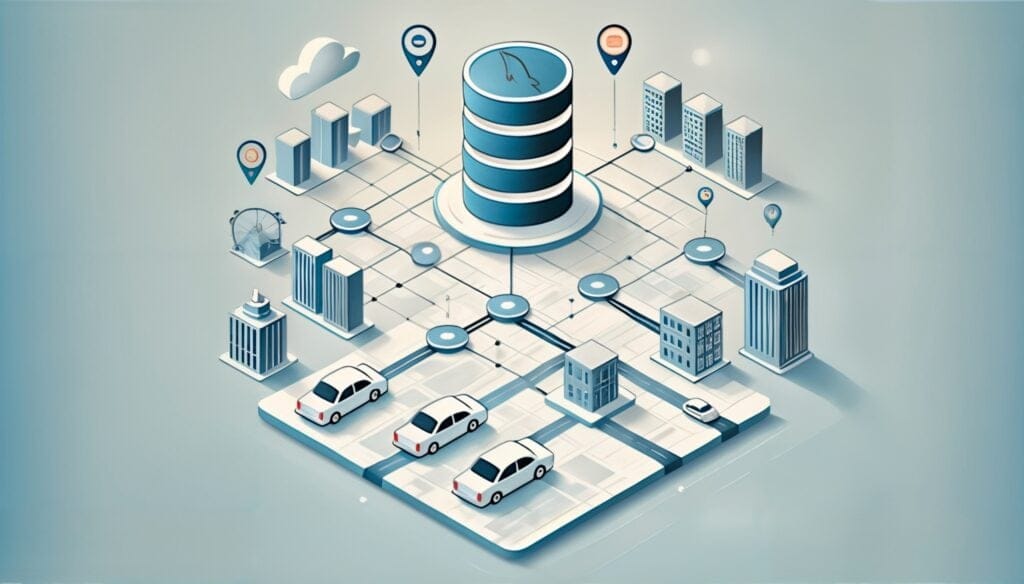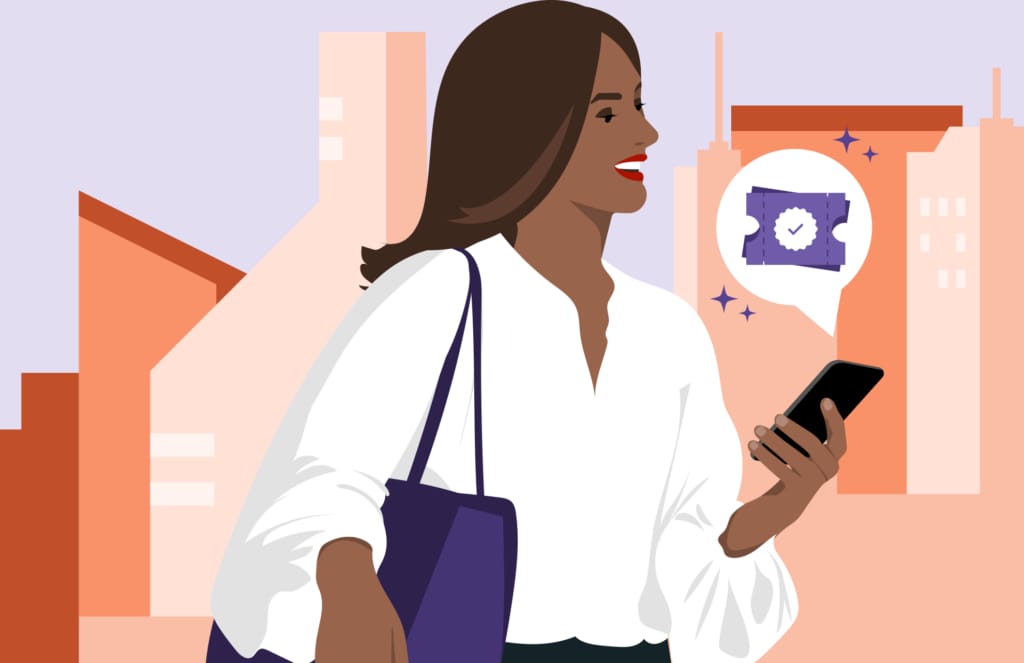
As Uber’s Vice President of Workplace and Real Estate, Michael Huaco is intimately familiar with the challenges of the COVID-19 pandemic. Keeping tabs on Uber’s building projects, helping structure remote employee plans, and navigating the eventual re-opening of offices are just some of the aspects of his job that have been altered by the virus. Regardless of the changes and uncertainty, Huaco views the future of offices as a bright one, which doesn’t necessarily involve going back to exactly the way things were. “We have a real opportunity to fundamentally change the way we work,” he said.
We sat down with Huaco to learn about his vision for the future of in-office work, why flexibility is the key to success, and how Uber for Business presents unique employee opportunities.
Want to learn more? Register for a free webinar on August 11 at 10 am PST to hear Huaco discuss how top companies are planning their return to work, how COVID-19 has changed commutes, and more.
What were some COVID-19 workplace challenges and how did you manage them?
We obviously didn’t have a playbook for this stuff, so we were all just trying to learn from each other. The first case was in Asia and our offices in Singapore, Taiwan, and Hong Kong got hit pretty hard. We were like, “Okay, maybe that’s just over there. We don’t need to do anything here yet.” That changed especially as it started getting to Europe [where] we had to start shutting Greenlight Hubs down.
When we were all still in-office, we formed a COVID-response team [to figure] out how we were going to respond to this, like how we were going to procure masks and PPE. Then we started figuring out how to shut offices down and how to send people home. We didn’t have a clue about how to bring people back because it was so far out at that point. Now we have a pretty good idea about how to respond to spikes. If this happens again, we’ll be prepared.
What resources are you relying on to make workplace decisions right now?
We have a pretty big cross-functional team. We work with an epidemiologist. She’s Uber’s resident expert, crazy-smart, and she’s working to help us figure out these challenges. Because it’s not just a US problem. This is a global problem. We look at case rates and hospitalization rates. We have a dashboard now that tracks all that. There are a million people involved in this to help us develop the tools to get back to work. Communications is also a big part of how we talk about it.
How do you envision the future of in-office work?
It will go well beyond the physical space. It really has to do with HR policies, and how we codify them to provide more flexibility. I definitely think we are going back to offices at some point. There’s a real need if you think about human nature. People want to be together. This working alone thing, it’s just not natural for humans.
What’s going to change is how you use that office space by job function. If you think of functions like finance and HR and sales, many of those require collaboration. But you can also work from home a good portion of the time. If you look at product or engineering, those are functions that are much more tethered to an office because you need special equipment. You might have three monitors, team-based work, agile work, a whiteboard. You’ve got all this other stuff you’re doing, and some of it is ad-hoc. That’s where innovation really happens.
The other thing that’s going to change is you’ll have only a cohort of people who have a dedicated space. Then you’ll have another group that won’t come in every day and won’t have a dedicated space. Right now, everybody gets a dedicated space, but that’s probably going to be a 50-50 split. Especially now because of social distancing, at least in the short term.
What will Uber’s physical spaces look like in a COVID and post-COVID world?
We’re going to have a lot more space in these buildings, because they were planned for growth. So we can do the social distancing thing so much easier than in the old buildings. As we move back into these buildings, it will already have that built into it. In Mission Bay (San Francisco), we’re in four different buildings. We’re taking steps to provide employees with space in accordance with the CDC guidelines.
We’re also taking a lot of steps to remove surfaces that you have to push, like doors. There are actuators, so you step on a plate, for example, and the door opens up. You’re not having to touch things in the bathroom. You’ll have a vestibule that creates privacy. We’re [also] eliminating surfaces you have to touch, like in the kitchens where you have a water dispenser.
We are not going to have to go back to the older buildings with a million floors where everyone’s crammed into elevators. In Mission Bay, you can walk to a lot of the floors because they are shorter, low-rise buildings. We’re also one of the few companies going after the WELL certification, which promotes employee health and involves how you design the space to create more physical movement to reduce a sedentary lifestyle. Additionally, it also increases the amount of natural light and air further promoting health.
How do you think Uber for Business plays a role in helping businesses get people back to work?
The opportunities there are huge. Many of my peers at other tech companies [are] all dealing with the same issues because of COVID. Everyone’s struggling with not so much what happens when you get into the office, but how do you get into the office? The reality is people will eventually go back to work. Many have plans to get people back to work.
For example, we’ve partnered with a third-party company to leverage their app that will allow Uber employees (or any employee) to take their temperature and input several data points. If all is good then you get a green light and a QR code that allows you to come back to the office for that day. Separately, there’s also a real potential use for more businesses to leverage the Uber for Business dashboard, because the problem they are facing is how do they get people from home to office without using traditional modes of transportation with potential exposure to more people?
What factors did you take into account when helping to create Uber’s return-to-work plan?
It’s based on the CDC’s recommendations, so everybody’s got the same plan. But it’s really our peer groups and learning from each other. I’m on a call every Friday with various other companies. We send out surveys to employees about how they’re feeling. Do they want to come back to work? How safe do they feel coming back to work? You get that sort of breakdown between folks who don’t want to come back at all to those who say they need to come back.
What advice do you have for other companies as they create their return-to-work plans?
1. Be flexible. Whatever plan you have, you’ll have to be adaptable and flexible to changing that plan.
2. Have the right tools in place. You’ve got to have a process.
3. Communicate. Getting the right message out, both what we say and don’t say, is part of the exercise.
What is top of mind for you beyond 2020, assuming COVID-19 is under control?
The biggest thing is continuing to build out our buildings and talent strategy. We’re opening Mission Bay this year and New York at the end of the year. Our new offices in Chicago, Dallas will be opening in 2021 as well with Amsterdam, Mexico City, Bangalore, Hyderabad to follow soon after. So there’s a lot of refocusing on building them out to the new standard, the new reality of a post-COVID world.
This interview has been edited for length and clarity.
Posted by Uber for Business
Simplify travel expenses for your business
Related articles
Most popular

MySQL At Uber

Adopting Arm at Scale: Bootstrapping Infrastructure

Adopting Arm at Scale: Transitioning to a Multi-Architecture Environment





